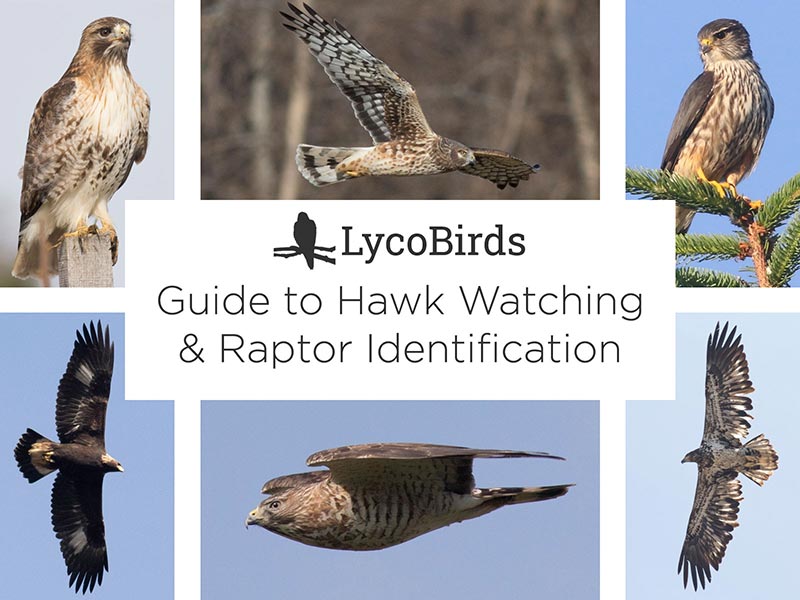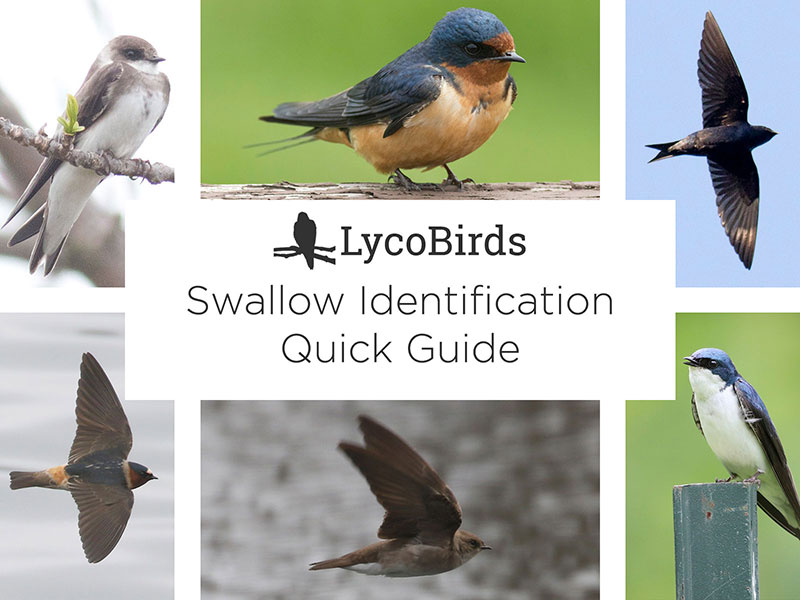How Does Daylight Saving Time Affect Birds (and Birders)?
As I suspect you are well aware, two times each year, most of the U.S. undergoes time changes — one hour forward in the early spring and one hour backwards in the late fall. This can have some serious impacts on humans, especially “losing” an hour during the spring change. So, what impacts does it have on birding?
Do time changes affect birds?
Daylight saving time doesn't affect wild birds, at least not directly. After all, birds don't use or care about clocks.
So, while a bird may go from becoming active at "6:30am" one day to "7:30am" the next day, it didn't actually notice that there was a difference — because there wasn't actually a difference. It's just becoming active near sunrise, and the normal 24 hours (roughly) have passed in that 6:30 to 7:30 time period.
Here's a way to visualize how birds experience the change vs humans using the spring time change:
Birds

The time is marked only to give you context. The point is that it’s a smooth flow with no interruption. There's just a different human label for the same amount of light Sunday and Monday compared to Friday and Saturday.
Humans

This is how I experience the spring change. Sunday has a weird amount of light for the time on the clock and the day feels like it ends earlier than normal, and then Monday (which has more time-based commitments) feels like everything has shifted relative to what I'd expect.
People who have more time-based commitments on Sunday might perceive it a little differently (with the cut hour being at the beginning of Sunday rather than the end), but in either case, there is a disjointedness that carries through into Monday.
Possible effects on birds
Birds living in proximity to humans could be impacted by the change in the use of artificial lighting and activity at new times of day relative to the light conditions. After the spring change, many more people will be getting ready while it is still dark outside, and more people will be doing their morning commute in darkness, so there will be more artificial light used.
I really haven't noticed any dramatic difference in their behavior in suburban areas, but any effect would surely be largest in urban areas.
As far as I know, there are no studies on this topic in urban areas, but it's worth considering that most of the birds in urban areas (especially during early March and early November) are non-native species that have adapted quite well to coexisting with human activity, so you would probably expect any disruptions to be relatively minor.
But that's not to say that birders should disregard the time change.
How do time changes affect birders?
Unlike birds, most birders do have to worry about clocks.
For birders who work regular office hours and like to check a spot or two before they go into work, the switch to Daylight Saving Time in the spring means you lose an hour of light for your morning birding. You get compensated with the extra hour in the evening if you go out then, but the birds typically aren’t as active in the evening.
In other words, you get darker mornings and lighter evenings.
There is less impact in the fall because birds are far more active in March than November due to the approaching nesting season.
Photography of Crepuscular Species
One other thing to consider that I’ve seen confused a number of times is about the timing of species that come out in the evening, such as Short-eared Owls or American Woodcocks.
Before the spring time change, maybe they are coming out around 6 p.m. So, a photographer might get excited because 6 p.m. after the change is now pretty bright, so will they be able to get some great photos now?!
Well, no, because the birds don’t know what 6 p.m. means. They are just coming out when it is getting dark. You’ll still have to “luck into” the owls being out earlier than normal! And if you do go looking for them, don’t expect them until around 7!
Best of luck with your transition to daylight saving time!

